State
FWC successfully completes major revegetation projects on Lake Okeechobee to restore vital aquatic habitat
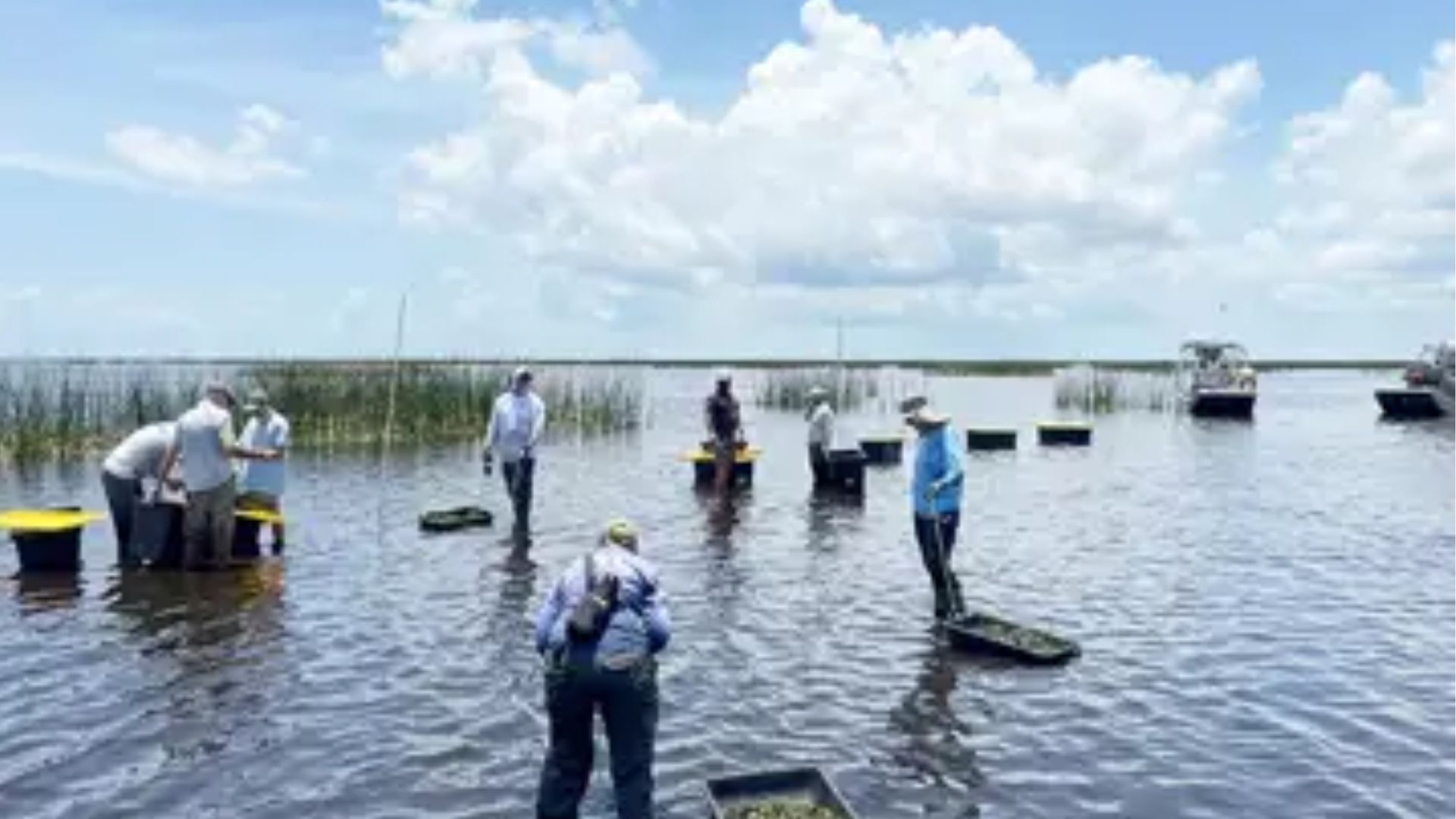
Florida – This spring, the Florida Fish and Wildlife Conservation Commission (FWC) successfully completed an ambitious revegetation project on Lake Okeechobee. The initiative, which focused on several critical areas such as Fisheating Bay, Moore Haven Marsh, and the Fisheating Bay islands, is aimed at restoring vital habitats that support aquatic life and wildlife. These efforts are part of the broader Lake Okeechobee Fish, Wildlife, and Habitat Management Plan, which was developed in 2022 to guide the restoration of the lake’s aquatic ecosystem.
Lake Okeechobee, the largest freshwater lake in Florida, has long faced challenges that have negatively impacted its aquatic plants. Prolonged high-water levels, exacerbated by natural and human disturbances, have been a significant threat to the health of submerged aquatic vegetation (SAV). High water, often triggered by tropical storms, can uproot plants and increase turbidity—cloudiness in the water—which reduces the amount of light reaching submerged plants. This disruption prevents the plants from germinating and spreading, leading to a decline in their population. As SAV disappears, the entire ecosystem suffers, as these plants provide essential breeding grounds, shelter, and food for various species of fish and wildlife.
To address these challenges, the FWC worked closely with the South Florida Water Management District to implement a series of planting projects across different regions of Lake Okeechobee. The partnership resulted in the planting of 40,000 individual aquatic plants, including eelgrass (also known as tapegrass), paspalidium (Kissimmee grass), and bulrush. These plants were introduced into areas with less than one foot of water, strategically chosen to allow for the natural rise of the lake’s water levels throughout the summer months. These native aquatic plants will not only help stabilize the ecosystem but will also serve as vital habitats for several fish and wildlife species, including the endangered Everglade snail kite.
Read also: Sunrise to host free Back to School Splash event with fun activities and free supplies for students
In addition to these aquatic plantings, the FWC took further steps to enhance wildlife habitat in the Moore Haven Marsh. There, 27,558 sawgrass plants were introduced across six acres. Sawgrass has long been an important feature of Florida’s wetlands, providing shelter for species such as the threatened Eastern black rail and offering nesting grounds for alligators. However, sawgrass has been in decline, primarily due to encroachment from invasive species like cattails and willows, as well as the suppression of prescribed fires, which are critical to the plant’s health. The FWC’s efforts to restore sawgrass will help to reverse these trends and improve habitat for a variety of wetland species.
The revegetation projects didn’t stop at the shoreline. The FWC also focused on enhancing wading bird rookeries located on the Fisheating Bay Islands. On seven of these islands, the commission planted 100 each of pond apple, pop ash, and bald cypress trees, as well as 80 cocoplums. These plantings are designed to bolster the habitat for wading birds and other wildlife, creating more opportunities for nesting and foraging.
The timing of these restoration efforts aligns well with current water conditions. The low lake stages in 2025 have led to increased water clarity, which is expected to enhance the growth of the newly planted aquatic grasses. With clearer water, light penetration will improve, which will allow these plants to thrive and extend their coverage across the lake. This, in turn, will benefit not only wildlife but also the people who enjoy the lake’s resources—anglers, hunters, wildlife viewers, and the broader community.
Overall, the FWC’s efforts on Lake Okeechobee represent a significant step forward in preserving and enhancing the health of one of Florida’s most important natural resources. These restoration projects are not just about planting new vegetation—they are about fostering a thriving ecosystem that supports a diverse range of species. As these efforts continue to take root, Lake Okeechobee’s aquatic plants will play a crucial role in sustaining the lake’s wildlife populations for years to come.
For those interested in learning more about the restoration projects on Lake Okeechobee or inquiring about future efforts, the FWC encourages visitors to check out their website at MyFWC.com/AquaticHabitats or reach out via email at [email protected]. With these ongoing efforts, the future of Lake Okeechobee looks brighter, offering hope for both the wildlife that depend on it and the people who enjoy its beauty.

-
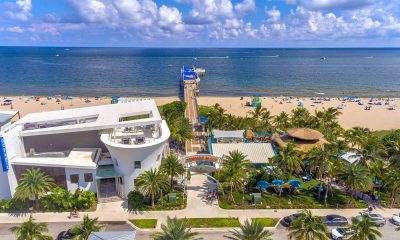
 Community8 months ago
Community8 months agoPompano Beach Pier: A coastal gem in South Florida
-
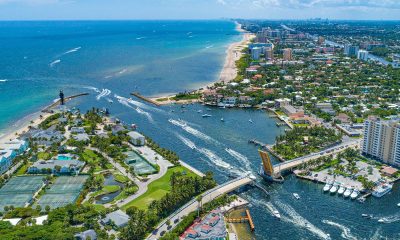
 Community8 months ago
Community8 months agoDiscover the best of Pompano Beach, Florida: A comprehensive guide to the most popular places to visit
-
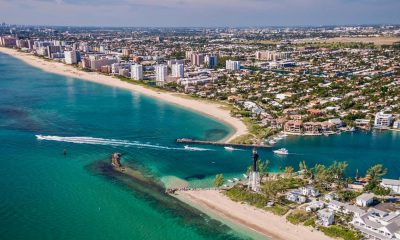
 Community8 months ago
Community8 months agoPompano Beach cost of living: Housing costs, gas prices, and required income
-
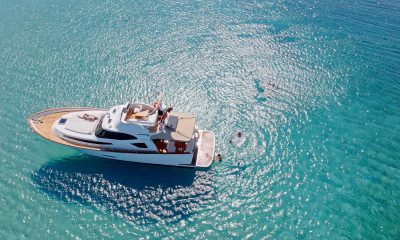
 Community8 months ago
Community8 months agoMost popular Pompano Beach marinas: Fishing, boating, and a lot of fun time














